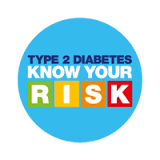Indigestion is often a sign of an underlying problem, such as gastroesophageal reflux disease (GERD), ulcers, or gallbladder disease, rather than a condition of its own.
Also called dyspepsia, indigestion is a term used to describe a feeling of fullness or discomfort during or after a meal. It can be accompanied by burning or pain in the upper stomach.
What Are the Symptoms of Indigestion?
The symptoms of indigestion include:
- Bloating (full feeling)
- Belching and gas
- Nausea and vomiting
- Acidic taste
- Growling stomach
- Burning in the stomach or upper abdomen
- Abdominal pain
These symptoms may increase in times of stress.
People often have heartburn (a burning sensation deep in the chest) along with indigestion. But heartburn is caused by stomach acids rising into the esophagus.
Who Is at Risk for Indigestion?
People of all ages and of both sexes are affected by indigestion. It’s extremely common. An individual’s risk increases with excess alcohol consumption, use of drugs that may irritate the stomach (such as aspirin), other conditions where there is an abnormality in the digestive tract such as an ulcer and emotional problems such as anxiety or depression.
What Causes Indigestion?
Indigestion has many causes, including:
Diseases:
- Ulcers
- GERD
- Stomach cancer (rare)
- Gastroparesis (a condition where the stomach doesn’t empty properly; this often occurs in diabetics)
- Stomach infections
- Irritable bowel syndrome
- Chronic pancreatitis
- Thyroid disease
Lifestyle:
- Eating too much, eating too fast, eating high-fat foods, or eating during stressful situations
- Drinking too much alcohol
- Cigarette smoking
- Stress and fatigue
Swallowing excessive air when eating may increase the symptoms of belching and bloating, which are often associated with indigestion.
>>How you can treat indigestion with this medicine
Sometimes people have persistent indigestion that is not related to any of these factors. This type of indigestion is called functional, or non-ulcer dyspepsia.
During the middle and later parts of pregnancy, many women have indigestion. This is believed to be caused by a number of pregnancy-related factors including hormones, which relax the muscles of the digestive tract, and the pressure of the growing uterus on the stomach.
How Is Indigestion Diagnosed?
If you are experiencing symptoms of indigestion, make an appointment to see your doctor to rule out a more serious condition. Because indigestion is such a broad term, it is helpful to provide your doctor with a precise description of the discomfort you are experiencing. In describing your indigestion symptoms, try to define where in the abdomen the discomfort usually occurs. Simply reporting pain in the stomach is not detailed enough for your doctor to help identify and treat your problem.
First, your doctor must rule out any underlying conditions. Your doctor may perform several blood tests and you may have X-rays of the stomach or small intestine. Your doctor may also use an instrument to look closely at the inside of the stomach, a procedure called an upper endoscopy. An endoscope, a flexible tube that contains a light and a camera to produce images from inside the body, is used in this procedure.


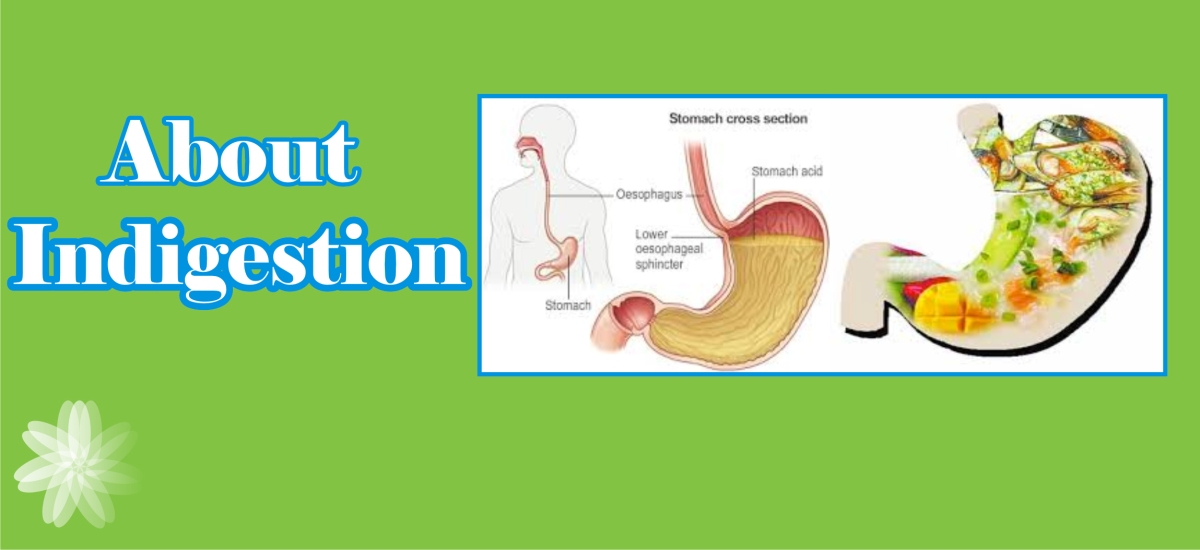


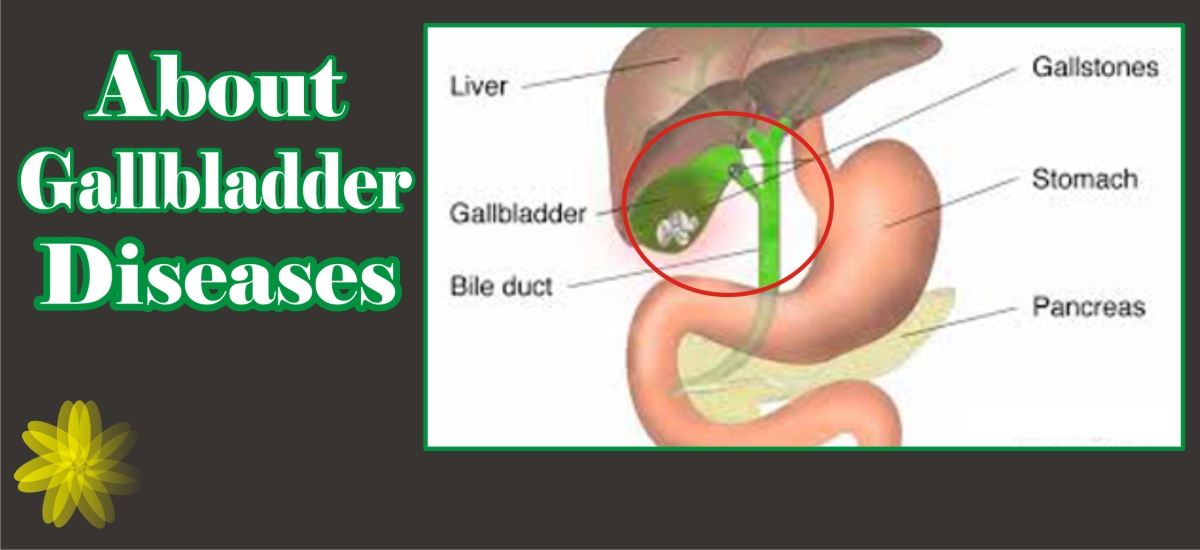
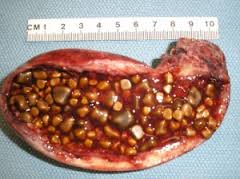
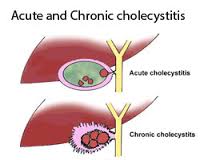

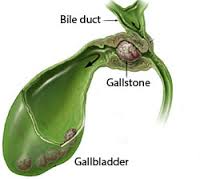 and lose its function of storing and releasing bile. Abdominal pain, nausea, and vomiting may follow.
and lose its function of storing and releasing bile. Abdominal pain, nausea, and vomiting may follow.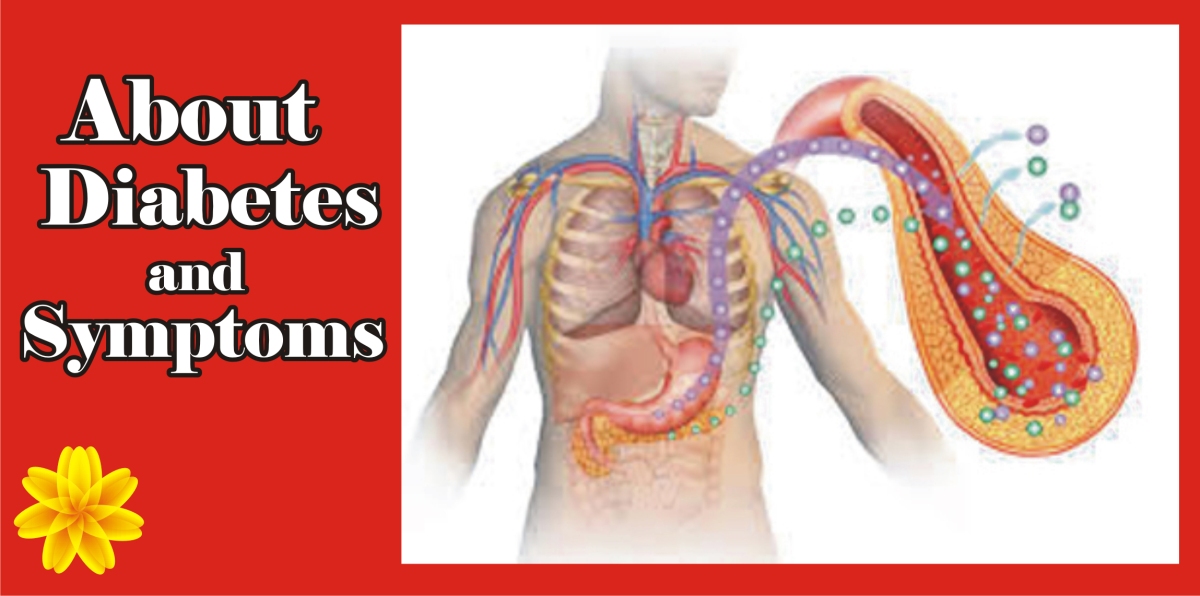
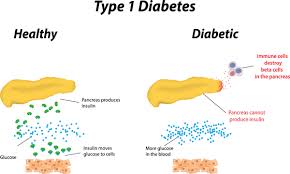 dependent diabetes, juvenile diabetes, orearly-onset diabetes. People usually develop type 1 diabetes before their 40th year, often in early adulthood or teenage years.
dependent diabetes, juvenile diabetes, orearly-onset diabetes. People usually develop type 1 diabetes before their 40th year, often in early adulthood or teenage years.